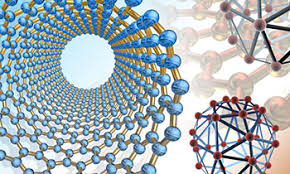Mechanical and Materials Engineering, Department of
Document Type
Article
Date of this Version
2017
Citation
Scientific Reports | 7: 5167 | DOI:10.1038/s41598-017-05366-1.
Abstract
The formation and diffusion energies of atomic clusters on Mg surfaces determine the surface roughness and formation of faulted structure, which in turn affect the mechanical deformation of Mg. This paper reports first principles density function theory (DFT) based quantum mechanics calculation results of atomic clustering on the low energy surfaces {0001} and {1011}. In parallel, molecular statics calculations serve to test the validity of two interatomic potentials and to extend the scope of the DFT studies. On a {0001} surface, a compact cluster consisting of few than three atoms energetically prefers a facecentered- cubic stacking, to serve as a nucleus of stacking fault. On a {1011}, clusters of any size always prefer hexagonal-close-packed stacking. Adatom diffusion on surface {1011} is high anisotropic while isotropic on surface (0001). Three-dimensional Ehrlich–Schwoebel barriers converge as the step height is three atomic layers or thicker. Adatom diffusion along steps is via hopping mechanism, and that down steps is via exchange mechanism.
Included in
Mechanics of Materials Commons, Nanoscience and Nanotechnology Commons, Other Engineering Science and Materials Commons, Other Mechanical Engineering Commons



Comments
Open Access This article is licensed under a Creative Commons Attribution 4.0 International License.